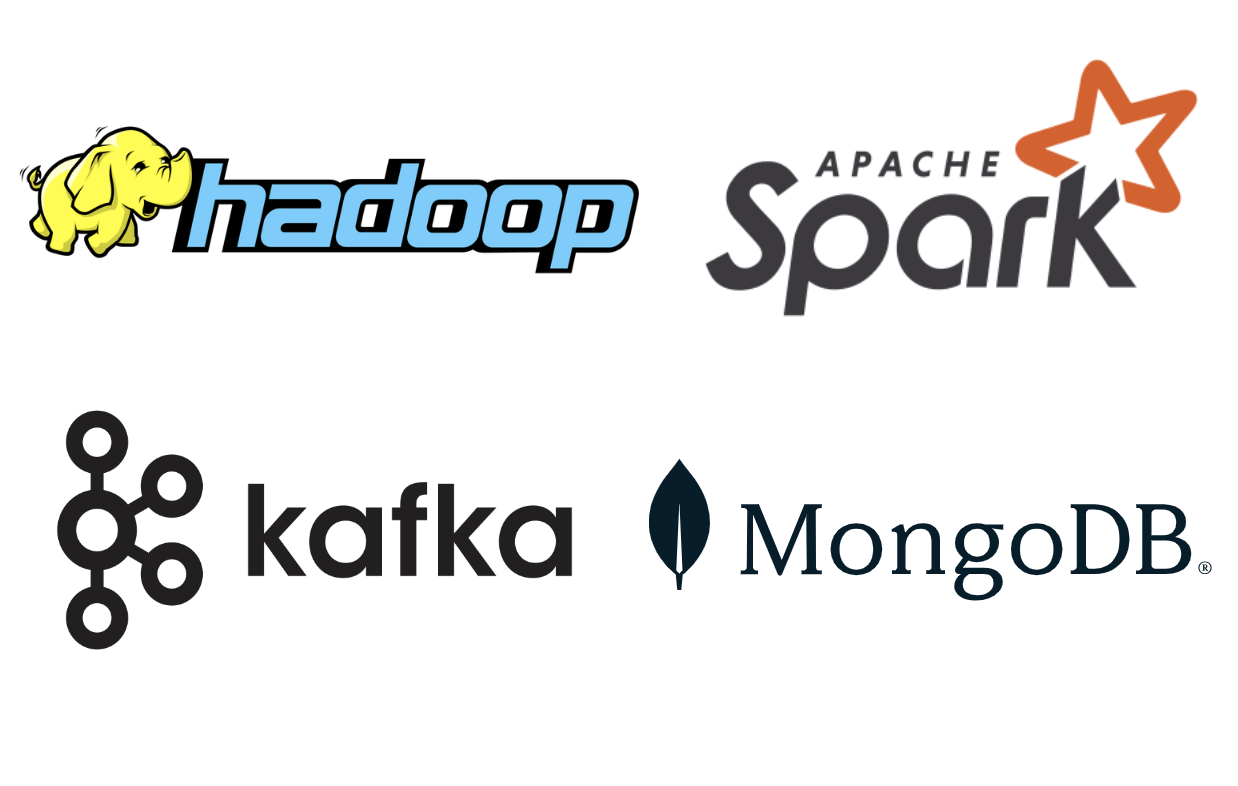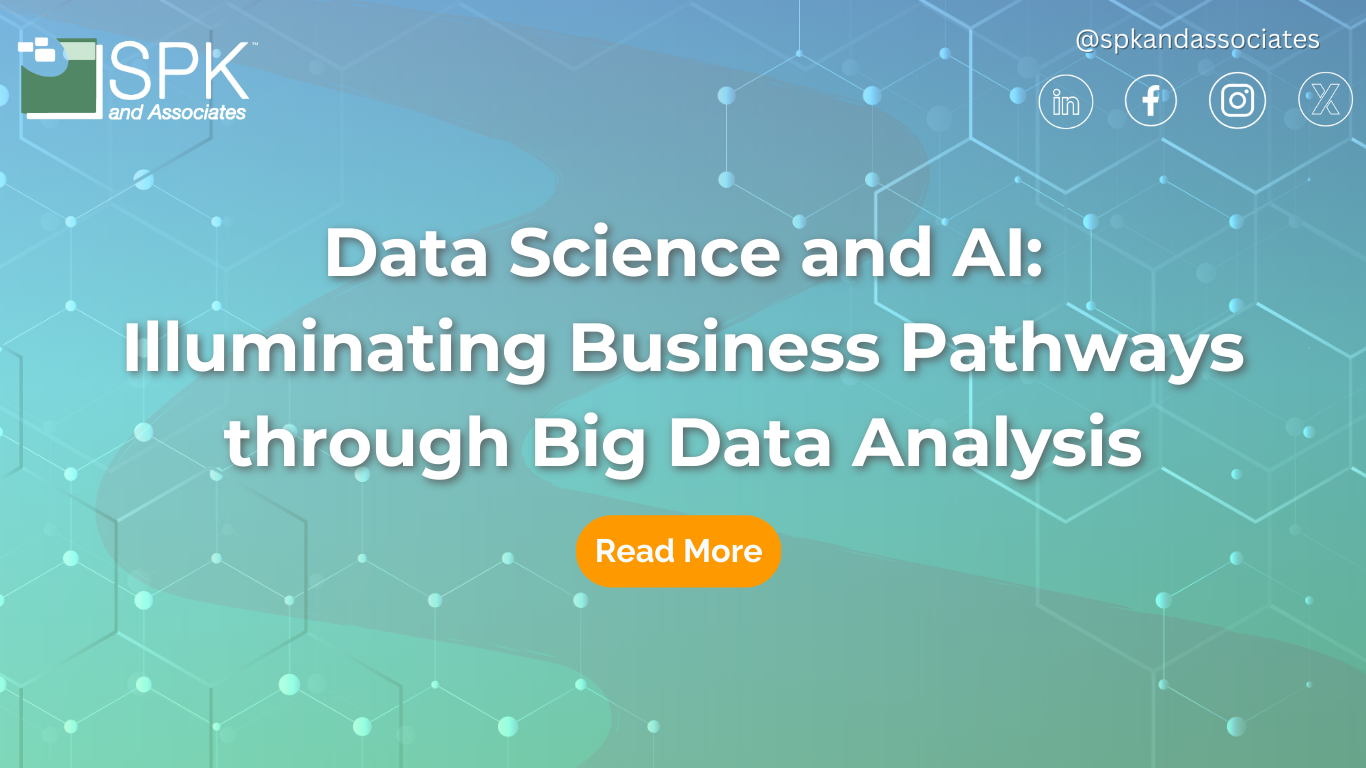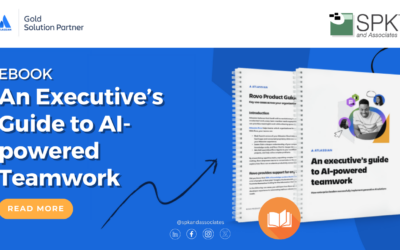Today, many organizations are faced with data overload from various sources such as CAD, PLM, CRM, ERP, CI/CD, and others. So, the strategic analysis and integration of this data are essential for making informed decisions and gaining a competitive edge. The fusion of Data Science and Artificial Intelligence (AI) is a powerful tool businesses use to navigate big data. By combining these two fields, you can uncover new opportunities for growth and efficiency.
According to Forbes, “data-driven companies are 23 times more likely to top their competitors in customer acquisition, about 19 times more likely to stay profitable and nearly seven times more likely to retain customers.” So, using your vast data effectively can determine whether you meet your goals and succeed in earning reports.
The Power of Big Data Tools and System Integrations
Big Data tools have revolutionized the way businesses approach data engineering and data analysis. They enable the processing and interpretation of vast datasets to glean actionable insights. Tools like Hadoop, Spark, Kafka, MongoDB, and others have created this power because of the speed of analysis of these large datasets. However, the true tool potential is unlocked through the seamless integration of disparate systems. So, bridging the data silos created by CAD, PLM, CRM, ERP, CI/CD and other systems is important. In doing so, companies can achieve a holistic view of their operations, customer behaviors, and market trends.

Furthermore, this integration facilitates a comprehensive data ecosystem supporting advanced analytics, predictive modeling, and strategic planning. Plus, it allows for:
- The efficient tracking of product development cycles.
- Optimization of customer interactions.
- Streamlined operational processes.
Together, this enhances productivity and innovation.

Ultimately, the goal of the use of data is to make better decisions. Or, even more specifically, reaching the point of pulling specific business levers ensures achieving desired outcomes. This is the main reason why companies are adopting data and AI technologies – it helps us gather vast information and drive a prescriptive analytics outcome.
The Rise of AI and Data Science Synergy
The rise of AI, with technologies like Copilot and ChatGPT, has further amplified the capabilities of data science. They offer tools that can interpret, learn from, and act on big data with an unprecedented level of sophistication. Moreover, AI algorithms can:
- Uncover patterns and insights within large datasets that would be impossible for human analysts to detect.
- Offer predictions and recommendations that drive smarter business strategies.

The data science approach leveraging AI most extensively is Machine Learning (ML). ML, a subset of AI, focuses on:
- Building systems that learn from data.
- Identifying patterns.
- Making decisions with minimal human intervention.
This approach is at the heart of many AI applications, ranging from recommendation systems and natural language processing to predictive analytics and computer vision.
Key Areas of ML in Data Science
Supervised Learning
This is where the model is trained on a labeled dataset, which means that each training example is paired with the output label it should predict. Consequently, this approach is widely used for classification and regression tasks. For example, predicting customer churn or classifying emails into spam and non-spam categories.
Unsupervised Learning
In unsupervised learning, the model learns patterns from untagged data. The system tries to learn without explicit instructions, finding structure in the input data. For example, grouping customers with similar behaviors into clusters in market segmentation.
Reinforcement Learning
This area involves models learning to make decisions by taking certain actions in an environment to achieve a goal. It learns from the outcomes of its actions, rather than from being taught explicitly. It’s used in various applications, including robotics, gaming, and navigation.
Deep Learning
A subset of ML, deep learning uses neural networks with many layers (deep networks) to analyze various factors of data in complex ways. Particularly, it’s powerful in handling vast amounts of unstructured data, such as images, sound, and text. Essentially, that makes it the backbone of many state-of-the-art AI systems, including:
- Voice recognition systems.
- Image recognition software.
- Advanced natural language processing models like ChatGPT or Copilot.

Why ML is Prominent in Data Science and AI
Machine Learning and its methodologies enable the automation of analytical model building. It uses algorithms that iteratively learn from data, allowing computers to find hidden insights without being explicitly programmed where to look. Therefore, this capability makes ML one of the most effective and widely used approaches in leveraging AI for data science. Basically, it can adapt to new data independently and make predictions or decisions based on data.
This synergy between AI and data science both accelerates the analytical process and enhances the accuracy and relevance of the insights generated. That means businesses can now:
- Anticipate market changes.
- Adapt to consumer demands.
- Innovate products and services with agility and precision.
The incorporation of AI-driven tools like Copilot or ChatGPT into the analytics workflow transforms big data into a dynamic asset that continuously fuels improvement and growth.
How Do I Get AI to Work With My Data?
At SPK and Associates, our experts understand the complexities of PLM, CAD, and CI/CD data. We help businesses leverage big data effectively, providing tailored solutions for integration, analysis, and actionable insights aligned with business goals.
The partnership of data science and AI is shedding light on navigating big data complexities. With support from SPK, companies can harness data from CAD, PLM, CRM, and ERP systems for informed decisions. As AI evolves, its fusion with data science offers innovative solutions, propelling businesses forward. Mastering big data analysis with AI isn’t just advantageous—it’s essential for organizations looking to thrive. Be sure to contact SPK’s experts if these business outcomes are exactly what your company is looking for.





